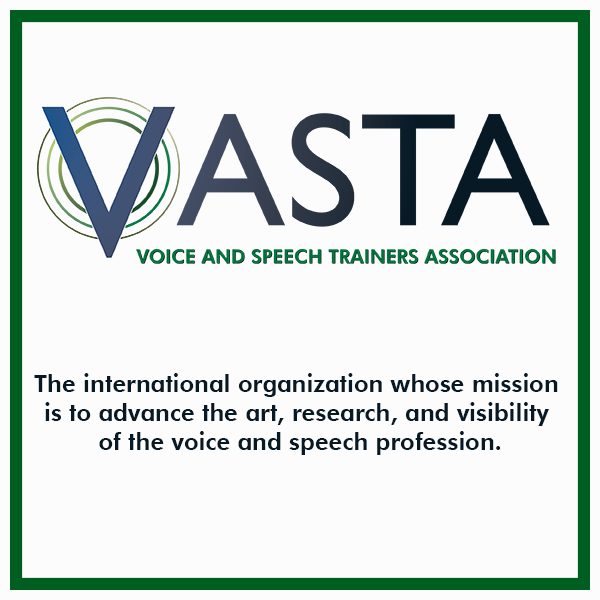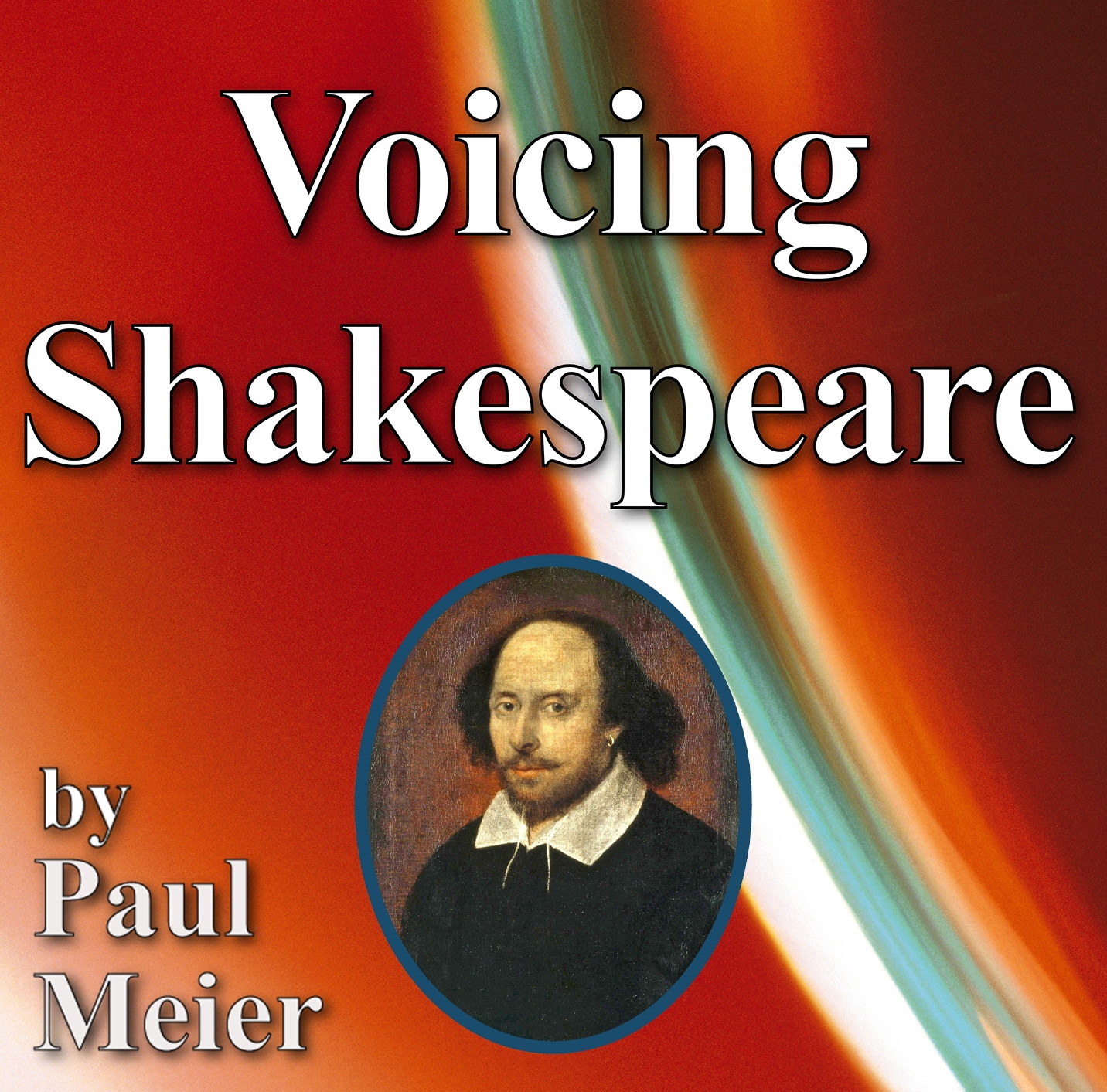Newfoundland 2
Listen to Newfoundland 2, a 26-year-old man from Placentia/Jerseyside, Newfoundland, Canada. Click or tap the triangle-shaped play button to hear the subject.
Both as a courtesy and to comply with copyright law, please remember to credit IDEA for direct or indirect use of samples. IDEA is a free resource; please consider supporting us.
BIOGRAPHICAL INFORMATION
AGE: 26
DATE OF BIRTH (DD/MM/YYYY): 1974
PLACE OF BIRTH: Placentia/Jerseyside, Newfoundland, Canada
GENDER: male
ETHNICITY: Caucasian
OCCUPATION: consultant in the computer system design field
EDUCATION: N/A
AREA(S) OF RESIDENCE OUTSIDE REPRESENTATIVE REGION FOR LONGER THAN SIX MONTHS:
The subject lived in Halifax, Nova Scotia, for four months.
OTHER INFLUENCES ON SPEECH: N/A
The text used in our recordings of scripted speech can be found by clicking here.
RECORDED BY: Susan Stackhouse
DATE OF RECORDING (DD/MM/YYYY): 08/04/2000
PHONETIC TRANSCRIPTION OF SCRIPTED SPEECH: N/A
TRANSCRIBED BY: N/A
DATE OF TRANSCRIPTION (DD/MM/YYYY): N/A
ORTHOGRAPHIC TRANSCRIPTION OF UNSCRIPTED SPEECH:
Yeah, born in Placentia, right in Placentia in Cottage Hospital, and I, uh, I’ve lived in Jerseyside for, lived in, I’ve lived in, like, that area all my life. And then I went down, town is, uh, town is, there’s only one town in Newfoundland; that’s St. John’s. So, uh, even though with all the rest of them there’s still “to town”; I don’t know why. But lived there, like, went to school for, like, seven or eight years and, like, not in school that long but then, uh, I came here to Halifax, so, baboom. So I get, like, a lot of people who I get, like, uh, different accents and everything else, so. But people call me a Newfie, and I’m one-hundred percent proud of it. But, um, I don’t really understand; I think I just speak normal. But, no, I’m not true Newfoundlandese. There’s people from the Cape Shore, like, [unclear, but sounds like “Peek her to Jesus.”] Like that, that’s how they talk. They’re the people you’re going after if you want to get the Irish dialect ‘cause there are some people out there I haven’t got a clue what they are saying, right, so. From Newfoundland, other than the fact that we drink a lot more than most people, but, uh, we say “b’y” [boy] at the end of everything. Like, “How’s she goin’, b’y?,” “So, b’y,” you know, “Geez, how’s she goin,’ b’y?” You know, and “she”; everything’s a “she,” right? “She’s not that bad today.” “Well, she’s all right, but she’s not that bad,” you know. So that’s just normal Newfoundlandese, right? ‘Cause I can interpret what people are saying back that way. I’ll just take the structure of English and rearrange it for you, right? When you see the word “t-h-e,” that’s no longer “the,” it’s “da’ ”—“d-a” with apostrophe. So you don’t say, and everything is with the “b’ys,” right? You gotta go see the “b’ys” here and “b’ys” there, right? You go down “dere,” “Whataya at?” “Where are you to?” I’m not quite sure how that is, but the very most important thing is take the period out of the end of the sentence and put in quotation marks the word “b’y.” So, it’s like, “How’s she going, b’y?” “Whataya at, b’y?” “That’s a nice day, b’y.” So that’s my most important thing to tell you when it’s … if you’re trying to get, and to drink lots of beer if you’re in Newfoundland; it’s the only way they’ll take care of you.
TRANSCRIBED BY: Lynn Baker
DATE OF TRANSCRIPTION (DD/MM/YYYY): 06/08/2008
PHONETIC TRANSCRIPTION OF UNSCRIPTED SPEECH: N/A
TRANSCRIBED BY: N/A
DATE OF TRANSCRIPTION (DD/MM/YYYY): N/A
SCHOLARLY COMMENTARY:
Of particular interest is that there are no dental fricatives in this dialect. The initial voiceless [th] as in “think” is changed to [t] for “tink,” and voiced [th] as in “the” and “this” is changed to [d] for “da” or “dis” (“enough of dis”). In the final position, the [th] is changed to a [t], as in “wit da b’ys” (with the boys). Listen to the subject discuss this and note his pronunciation of the letter [h]. A medial [t] becomes [d] (“got to” becomes “godda”). Final consonants are weak, and words run together; a typical example of this is “one-hundred percent proud of it.” The vowel [o] becomes [ah] in “St. John’s,” “cottage hospital,” “not,” “lot,” and “got.” There is a strong example of Canadian Raising (mid-central starting point when the following consonant is voiceless) in “white light,” “quite,” “like,” “life.” Of specific interest are the pronunciations of the words “miracle” (mairicle), “period” (pairiod), and “beautiful” (beeuudeeful). The pronunciation of the name “Newfoundland” (Nufelan) is an example of the nasalization of vowels (sequence of vowel plus nasal consonant) specific to this dialect. Common sayings are “waterya at” (what are you at) and “wearare ya to” (where are you to), both meaning “how are you doing?” As expressed by the subject, it is common usage to place the word “she” at the beginning of a phrase (“she’s all right, she’s not that bad”), referring to inanimate objects. It is obvious when listening to this subject that a sense of humor and a love of partying is a clue to grasping the dialect.
COMMENTARY BY: Susan Stackhouse and Paul Meier
DATE OF COMMENTARY (DD/MM/YYYY): 2000
The archive provides:
- Recordings of accent/dialect speakers from the region you select.
- Text of the speakers’ biographical details.
- Scholarly commentary and analysis in some cases.
- In most cases, an orthographic transcription of the speakers’ unscripted speech. In a small number of cases, you will also find a narrow phonetic transcription of the sample (see Phonetic Transcriptions for a complete list). The recordings average four minutes in length and feature both the reading of one of two standard passages, and some unscripted speech. The two passages are Comma Gets a Cure (currently our standard passage) and The Rainbow Passage (used in our earliest recordings).
For instructional materials or coaching in the accents and dialects represented here, please go to Other Dialect Services.
 IDEA: International Dialects of English Archive
IDEA: International Dialects of English Archive




